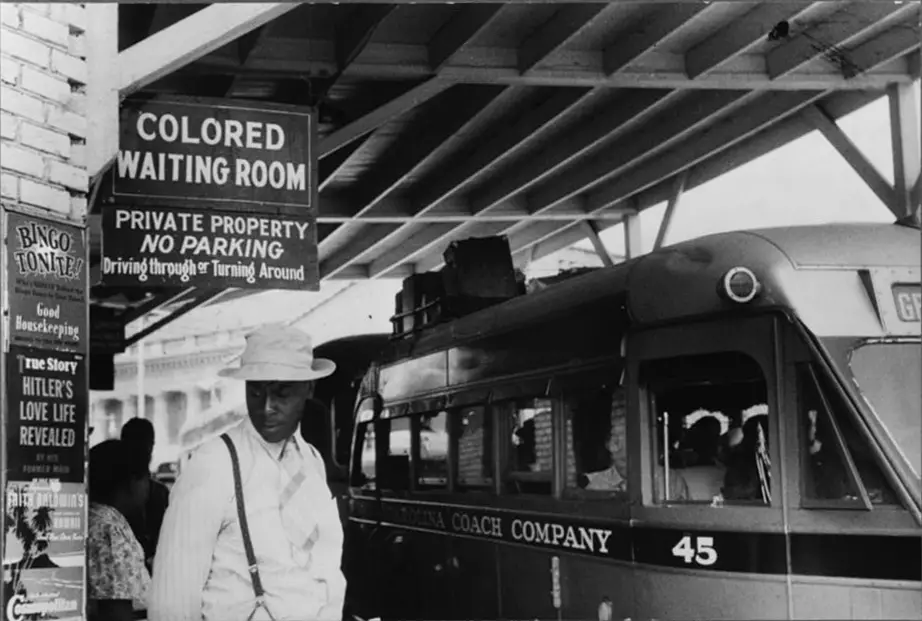 Be human.
Be human.
This wasn’t to be from 1877 till 1950 in the American continent. There was stark discrimination between the whites and the blacks (as they were then called). There were lot of restrictions and barriers shaming the human quality of universal brotherhood. People were confined to their paths, their regions, their religion, their family, their children making it impossible for an encompassing growth.
Fact 1: Jim Crow Laws legalized the discrimination of the blacks and whites. It was enacted in the 1880s, soon after the Civil War. The name might have been derived from some minstrel at that time. The Congress passed a Civil Rights Bill in 1875 and the next only in 1957. The Civil Rights Act of 1875 was overturned by the Supreme Court in 1883
Fact 2: The States covered by the Jim Crow laws were Arizona, California, Colorado, Connecticut, Florida, Georgia, Illinois, Indiana, Kansas, Kentucky, Louisiana, Maine, Maryland and twenty two of the Southern and coastal states.
Fact 3: The passing of this law ensured segregation in areas of living, railroads, theatres, schools, waiting areas in stations, lunch counters, child custody, teaching, boating, fishing, transportation, textbooks, militia, prisons, hospital entrances, reform schools, wine and beer, burial, juvenile delinquents, baseball, pool and billiards room, circus tickets, restaurants, nurses and everything else.
Fact 4: The judiciary played a crucial role in the enactment and maintenance of the Jim Crow Laws.
Fact 5: Plessy v. Ferguson was argued on April 18, 1896 and decided on May 18, 1896 by the Supreme Court. The petitioner, of mixed decent had purchased a first class ticket on the East Louisiana Railway from New Orleans to Covington and took a seat in a coach meant for the whites. He was asked to move to the coach for the coloured. On refusal, he was forcefully removed and imprisoned. By a vote of 8-1, the Supreme Court ruled that equal rights did not mean comingling. This paved way for States to enforce the Jim Crow Laws.
Fact 6: Williams v. Mississippi was another instance in which the Courts made segregation possible. The State of Mississippi declared that those who did not know to read were not allowed to vote. Many people believed that the law was meant to disfranchise the blacks and not the illiterate.
Fact 7: There were many instances where the coloured were ill-treated and life for them was never easy. A national struggle began. The speech by Mr Booker T Washington in Atlanta (1895), said that for all things to progress, people needed to work as a hand and not look at each finger individually. This was well taken but did not bring about the change required. The African-Americans were lynched and those who got elected were not allowed to take office.
Fact 8: The Niagara Movement, which met in the Canadian territory, demanded justice and equal rights for blacks. Organisational weakness and lack of funds led to the dissolution of the movement. The National Association for Advancement of Coloured People, NAACP was founded in 1909. It challenged the segregation and denigration of the blacks, fought for housing and voting rights and campaigned for anti- lynching. ‘The Crisis’ (1910) was a magazine that promoted ideas of freedom, gave voice to the black by publishing their stories, poems, drawings, paintings, etc.
Fact 9: President Woodrow Wilson (1912) went back on his word of equal rights. The untrue story portrayed in the film The Birth of a Nation (1915) led to riots and unrest. The blacks fought for the US in the World War II. They demanded equal rights after the War. President Truman signed Executive Order desegregation in the armed forces. President Johnson signed the Civil Rights Act, 1964, thus legally ending the Jim Crow Laws.
Fact 10: Charles Hamilton Houston, a prominent lawyer and the Litigation Director of NAACP, strategized many victories and became the first African American to serve on the Supreme Court.








Leave a Reply